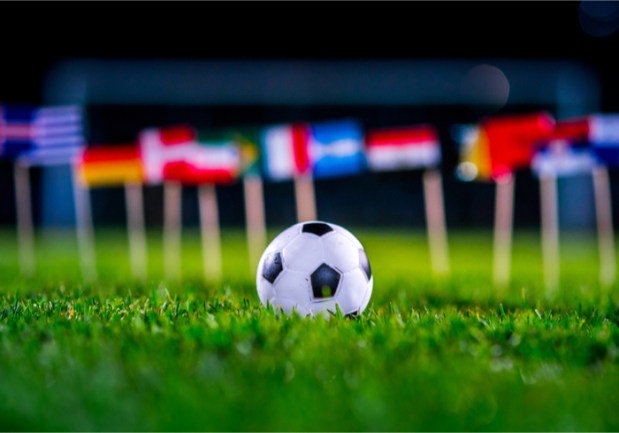FIFA World Cup Fans Turn To Contactless Payments For In-Stadium Spending

France wasn’t the only winner at the FIFA World Cup: Payments innovation won big, too, with contactless payments accounting for 45 percent of all Visa purchases in the 11 host cities. Fans from Poland, in particular, made a whopping 74 percent of Visa transactions using contactless technology, Visa said in an announcement.
Foreign tourists tended to outspend Russian fans during the tournament. More specifically, international Visa cardholders spent 15 percent more in total in-stadium than Russian cardholders. In terms of events, fans went all-out at the end of the tournament, as the France versus Croatia match on July 15 had the highest payment volume of the 64 matches.
During the tournament, fans were able to pay with contactless Visa credit and debit cards, and mobile payment services, at more than 3,500 point-of-sale (POS) terminals and 1,000 mobile concessionaires. In addition, fans could purchase one of 6,500 payment rings, 30,000 payment bands, and commemorative contactless Visa prepaid cards. Overall, Visa Chief Marketing and Communications Officer Lynne Biggar said that FIFA’s payment services at the World Cup have had a “demonstrable” impact on Visa’s business and brand.
“At the tournament, we debuted innovative payment technologies that made the fan experience better and drove our global priorities,” Biggar said in an announcement. “Meanwhile, among the billions of fans who watched on screens around the world, we were able to drive Visa-brand preference through a diverse, high-impact, multi-channel media campaign.”
Visa also benefited from the game’s record-breaking global viewership, with an estimated 3 billion fans tuning in for some of the tournament this summer. FIFA data also shows that 22 percent of viewers watched the tournament digitally, through mobile or desktop, or through out-of-home viewing. In fact, the tournament is on track to be the most-viewed sporting event ever on digital platforms, setting streaming records in major markets, including China, France, the United Kingdom and the United States.
With this audience, Visa built brand equity by having the Visa logo on field boards for more than seven hours on broadcast during the 64 matches of the event. The idea was to have a digital-first marketing approach to reach fans no matter where they watched. For example, a multi-channel global campaign featuring international soccer superstar Zlatan Ibrahimović, dubbed “Visa’s Ultimate FIFA World Cup FOMO,” documented his journey to the tournament and his return to the FIFA World Cup stage, while highlighting contactless payment technology throughout his adventure.
Overall, Visa partnered with more than 500 issuers and 40 merchants, in 24 languages and in 103 markets, on a variety of FIFA-related activities. These activities ranged from custom marketing programs to host in-market viewing parties, to using Visa’s marketing campaign assets to drive mutual business priorities.
